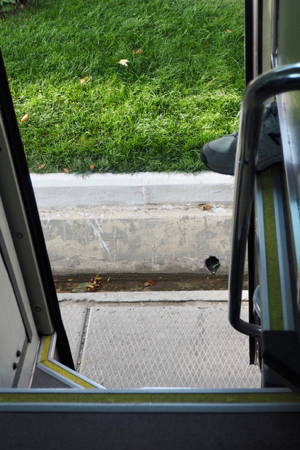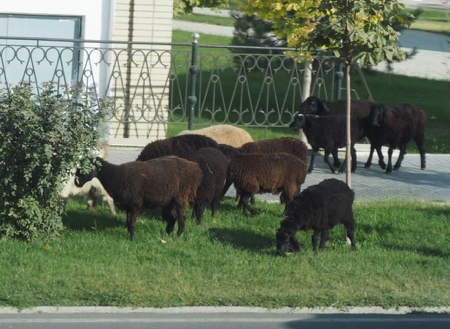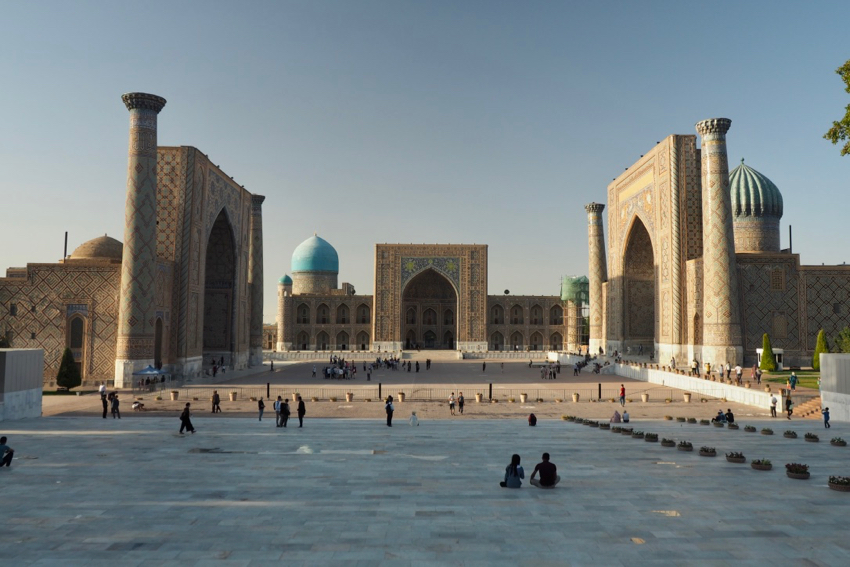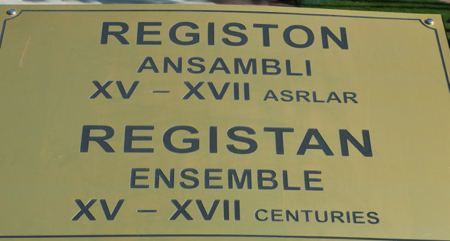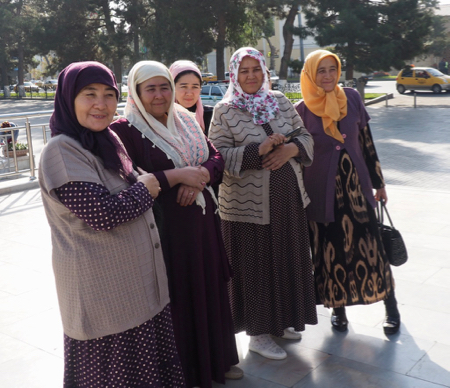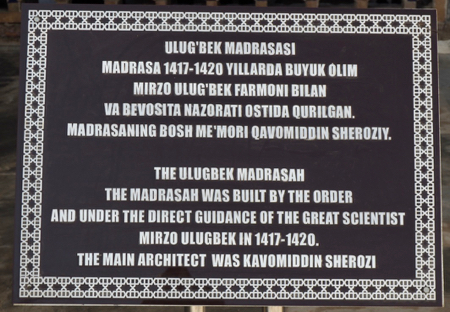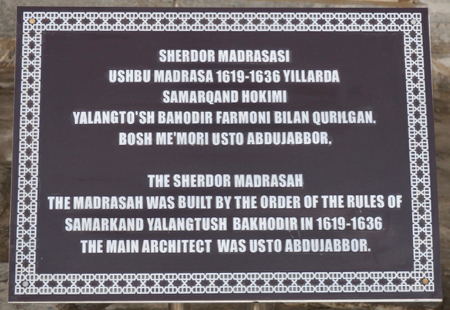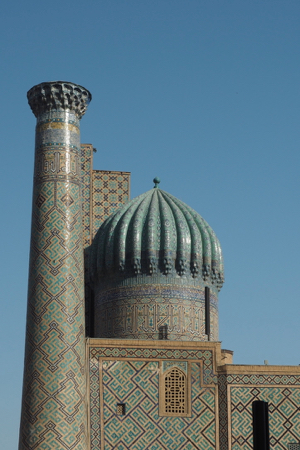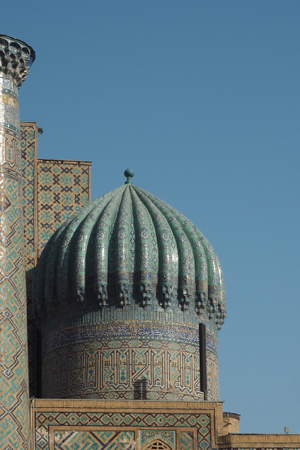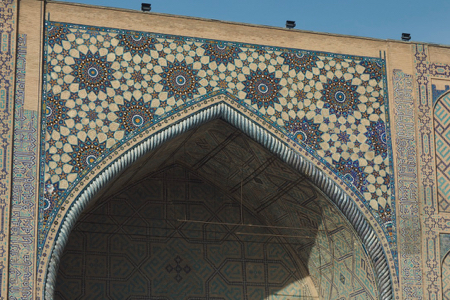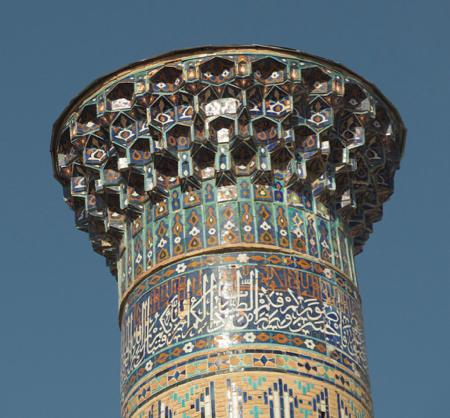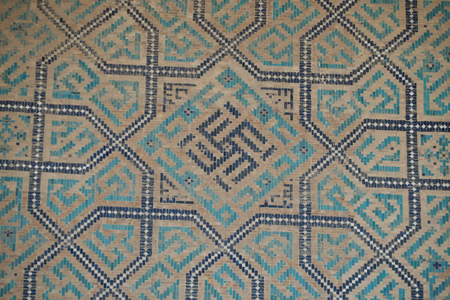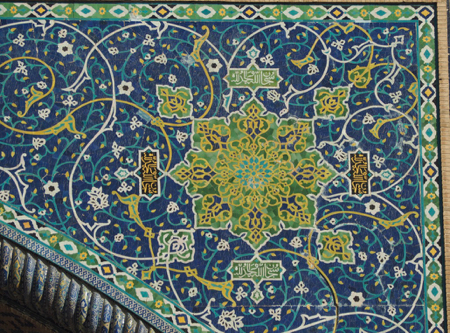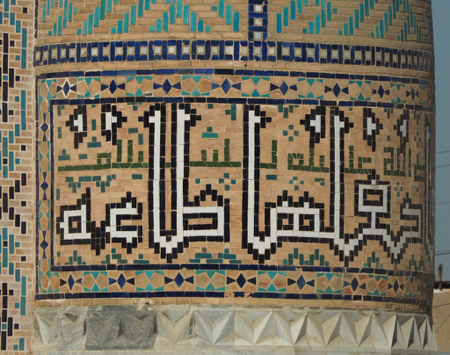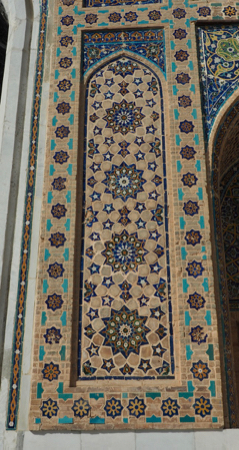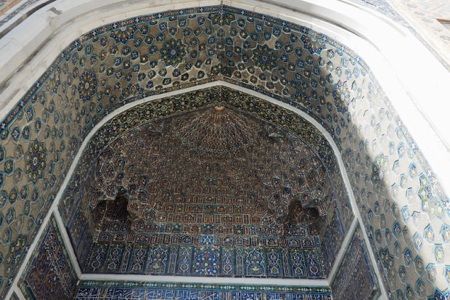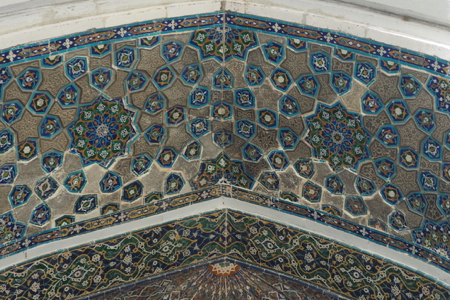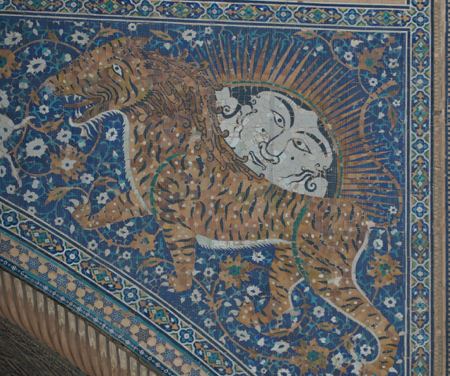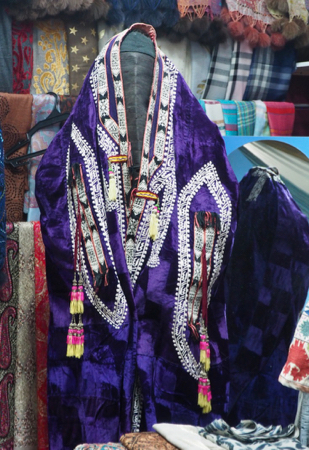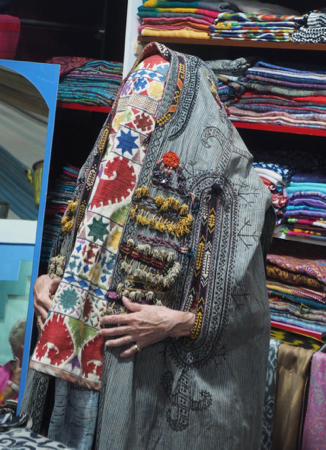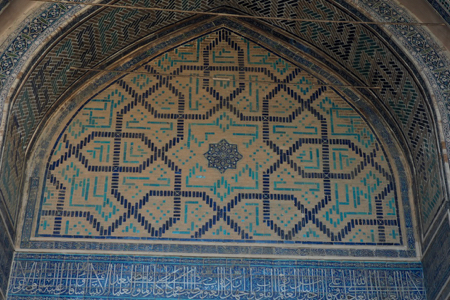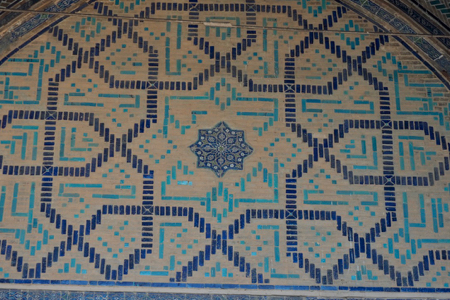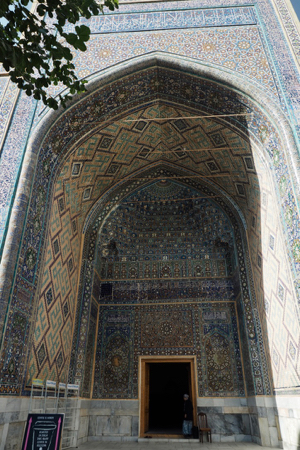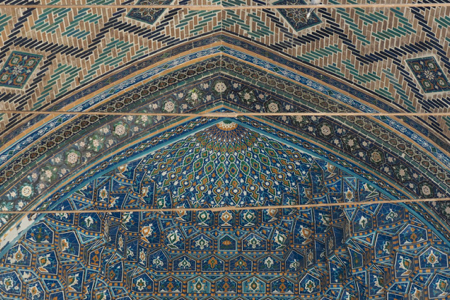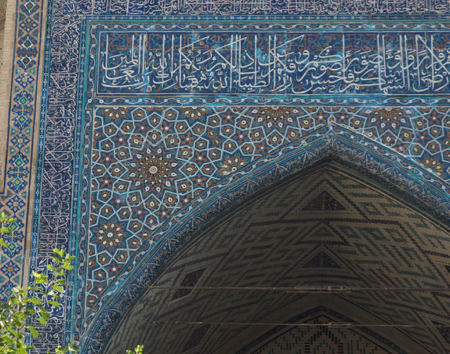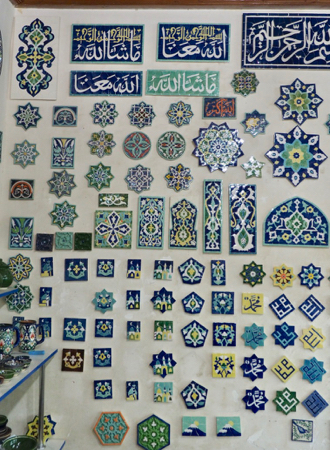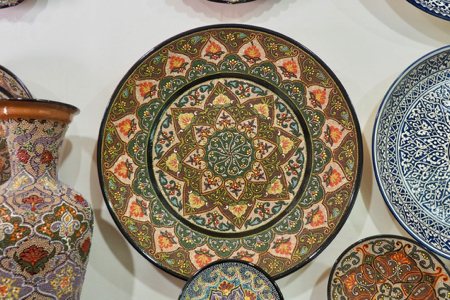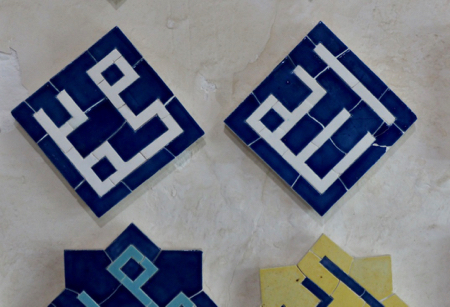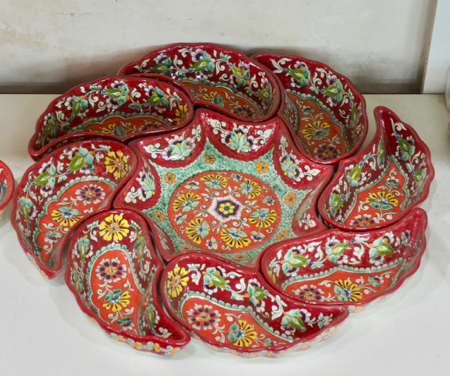Thurs., 10/4/18 - Samarkand, Uzbekistan
Samarkand is an ancient city, about 2760-years-old. In many ways it is the "gem" of this trip because of all the magnificent tile work and its historic role in the Central Asian aspects of the Silk Road. (Remember, you don't have to look at all the photos.)
We started our tour at the Registan that is composed of three main buildings, all madrassas, built from built from 1417-1636. They are huge, made of brick and covered with blue, white, reddish, and turquoise tiles. There are Arabic writings from the Koran woven into the tile on most of the pillars and across the top of most doorways. There are many designs using the Arabic for Ala or Mohammed.
Open gutters greet you as you try to step off the bus
"Mowing" the grass in the city
The Registan and its three madrasahs. From left to right: Ulugh Beg Madrasah, Tilya-Kori Madrasah, and Sher-Dor Madrasah.
Local ladies
Unfortunately for identification purposes, I just wandered around with the camera. So identifying the tile of the specific madrasahs is very difficult. I think you just need to enjoy the beauty of the work and forget which place it belongs to. Remember, everything also has many different spellings and I haven't tried to be consistent.
The corners of the huge main portal of the Ulugh Beg Madrassa (on the left) is carved like a snake and are called Tamoric snake columns.
Tilla-Kori has a gold center hall, the gold work is of 24 carat gold leaf. The dome has an inner and an outer shell to make it stronger and the leaf pattern gets smaller toward the middle which makes the dome look higher. Most of this madrassa was rebuilt after the 1930s earthquake.
The right side madrassa, Sherdor, was built in the image of the first one, the Ulugh Beg Madrasah. It has a ribbed dome and two tigers at the top of the main portal, the two faces represent the sun and the two deer represent life. There is an eternity symbol in the middle. These decorations are from Zoroastrianism and show “poetic license” used by the Moslems at the time.
Ulugh Beg Madrasah
Ulugh Beg Madrasah
Ulugh Beg Madrasa
Sher-Dor Madrasah
Tilya-Kori Madrasah
Tilya-Kori Madrasah
Tilya-Kori Madrasah
Inside the madrassas were lots of souvenir shops - these two sold traditional clothing and show the heavy robe and horse hair mask women used to have to wear.
More examples of goods in the shops.
| Return to Top | Return to Itinerary | Return to Trips page to view other trips | Return to Dreamcatcher Home Page |
